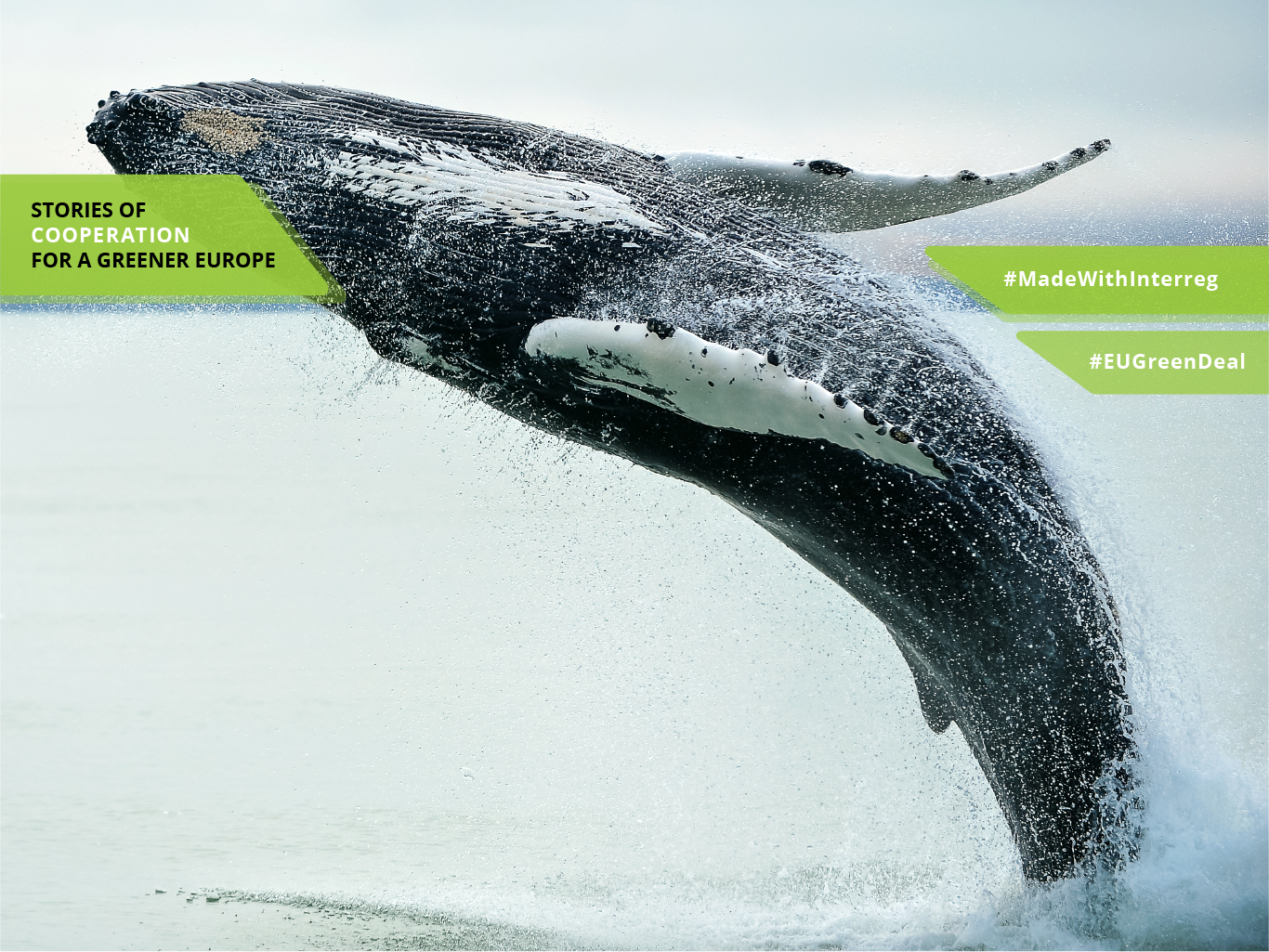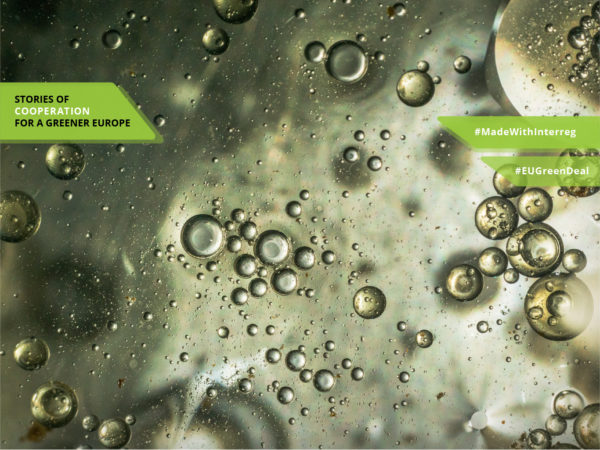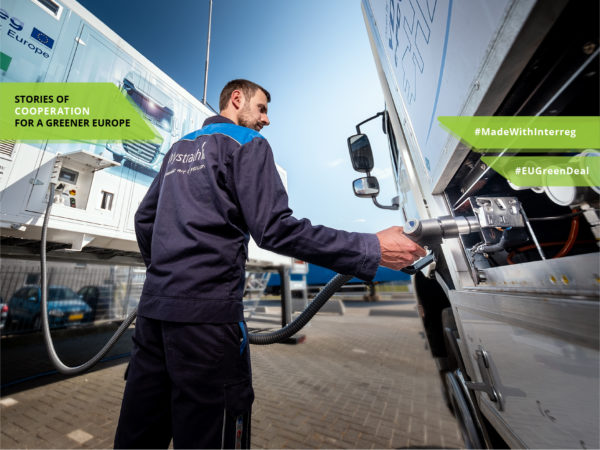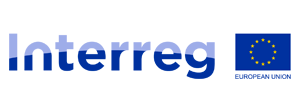Whistles and whoops: How submarine soundtracks help marine animals
The world’s oceans are teeming with sounds made by both animals and humans. From the Indian Ocean to the North Sea, Interreg partners are mapping underwater sounds to help conserve marine wildlife.
Mid-year 2017, Cap La Houssaye – Reunion Island, in the Indian Ocean: Julie Martin is on her first trip as a volunteer with Globice, an association of scientists and conservationists dedicated to the conservation of cetaceans in the Indian Ocean. The humpback whale season seems to take off that afternoon, with its warm light and caressing sun. Julie and the rest of the crew witness a breathtaking marine spectacle as a staggering number of males keep jumping out of the water in a famous move called breaching. A trip to collect scientific data turned into a lasting memory!
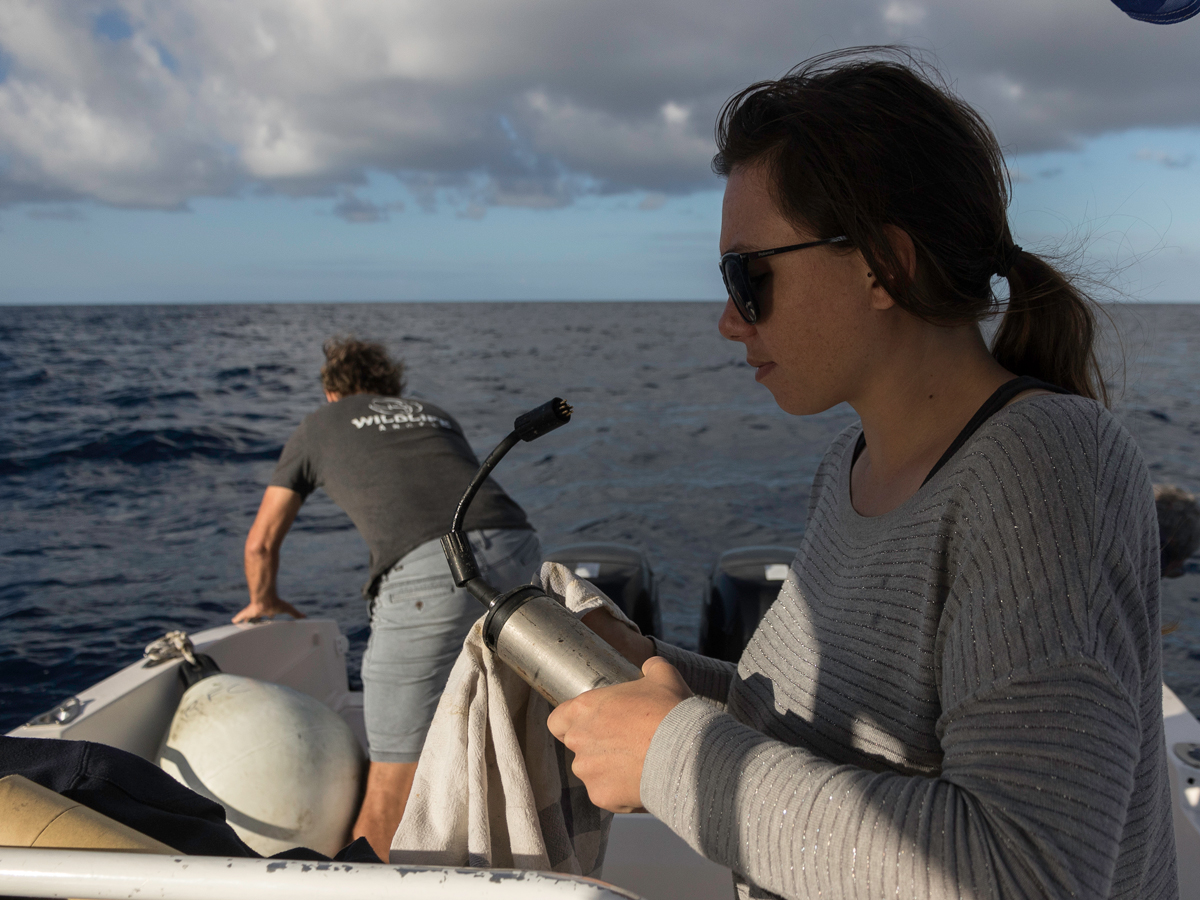
Since childhood, Julie has been fascinated by marine mammals, which is why she chose to volunteer at Globice. Today, she is a coordinator employed by the organisation. As part of her role, she supports COMBAVA, a project funded by the Interreg Indian Ocean V OI programme. Julie feels lucky to work in a field that is so attractive to her: “I am fortunate to have a job of passion and to work with animals that have a strong symbolic value,” she says.
Masters of sound
“In COMBAVA, we work together with partners from Madagascar, Mayotte, Kenya, Mozambique, and Tanzania to study the movements of humpback whales in the Indian Ocean”, Julie explains. “We seek to understand how they respond to climate change.”
Every year, humpback whales migrate from the Antarctic Sea to breed in the tropical waters of the Indian Ocean. Although a global hunting ban has brought the species back from the verge of extinction, new threats are emerging, including noise from shipping. Global ship density increased by a factor 4 between 1992 and 2012, with the greatest increase in the Indian Ocean.
When it comes to sound, there is no species quite like the humpback whale, whose complex songs are unmatched in the animal world. New songs are invented every season and groups of whales will pick up new refrains from other groups, much like a new pop song will catch on in the human world.
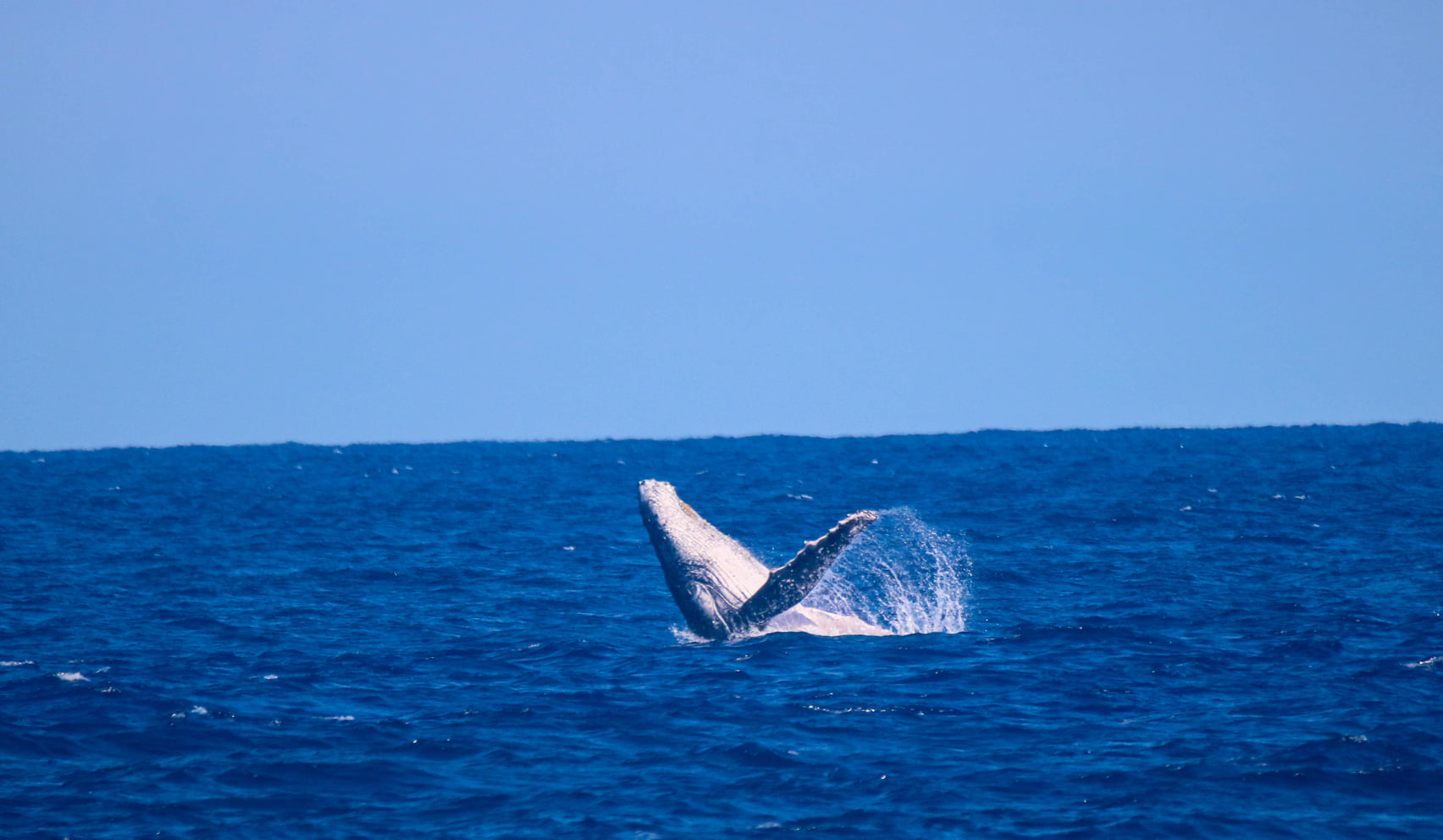
Following the tunes
The COMBAVA partners use hydrophones to track the sounds of the whales at different breeding sites across the Indian Ocean. Since groups of humpback whales will only pick up each other’s tunes if they get sufficiently close to each other, they can establish how well connected the groups are by comparing their songs. The partners have collected over 20,000 hours of underwater sounds!
Listen to the humpback whales in the Indian Ocean in this video produced by Globice on behalf of the COMBAVA project:
In addition, the COMBAVA team uses photo identification. The photos are processed through Flukebook, an international citizen science platform that uses machine learning to identify whale species in photos and map reported sightings. Globice’s 400 members and volunteers are part of this activity.
Jean-Marc Gancille is head of communication and development at Globice. He underlines: “All this knowledge is passed on to the public authorities, enabling them to regulate activities that may endanger these cetaceans.”
Learn more from Julie and her colleagues in the video below:
Tracking human noise
More than 12,000 km away, in the North Sea, another Interreg team – from the project Jomopans – are also listening to underwater sounds, using submerged equipment. But this team is focused on signature human noise, such as the humming and roaring of engines.
The North Sea is among the world’s busiest seas. With noisy human activities on the rise, such as cargo shipping and wind farm construction, there are growing concerns about their impacts on marine wildlife. Many species, including whales, dolphins, seals, and fish depend on sound for hunting or communicating with each other.
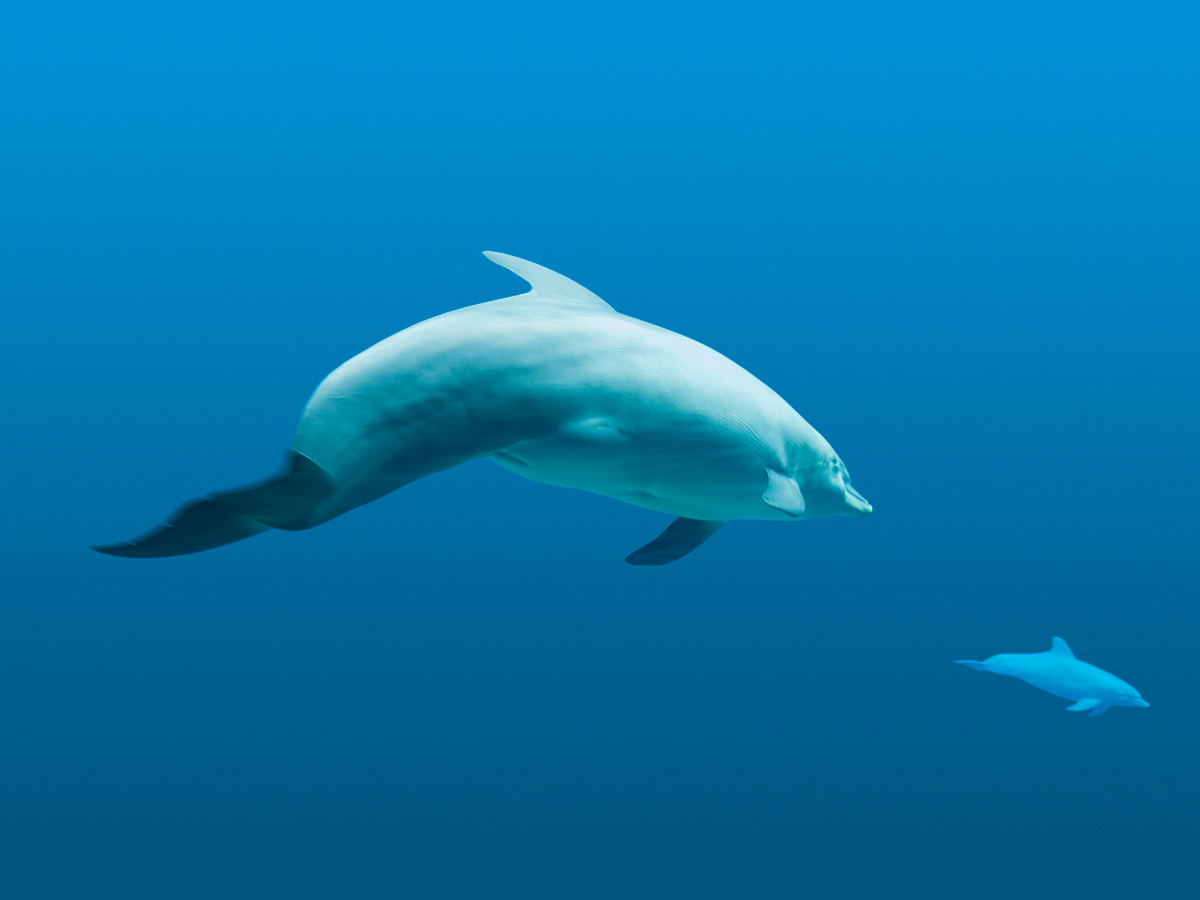
The precise impact will depend on factors such as noise level and range as well as each species’ own pitch, explains Jomopans project manager Niels Kinneging of the Dutch Rijkswaterstaat (Directorate General for Public Works and Water Management).
“Cargo ships are clearly one of the biggest sources of underwater noise. They emit low frequency sounds, which will likely affect animals producing sounds in the same range, such as minke whales, seals, and some species of fish.”
After four years, the partners have reached an important milestone: “For the first time ever, our transnational team has produced soundscape maps covering the entire North Sea. That makes me very proud,” states Kinneging.
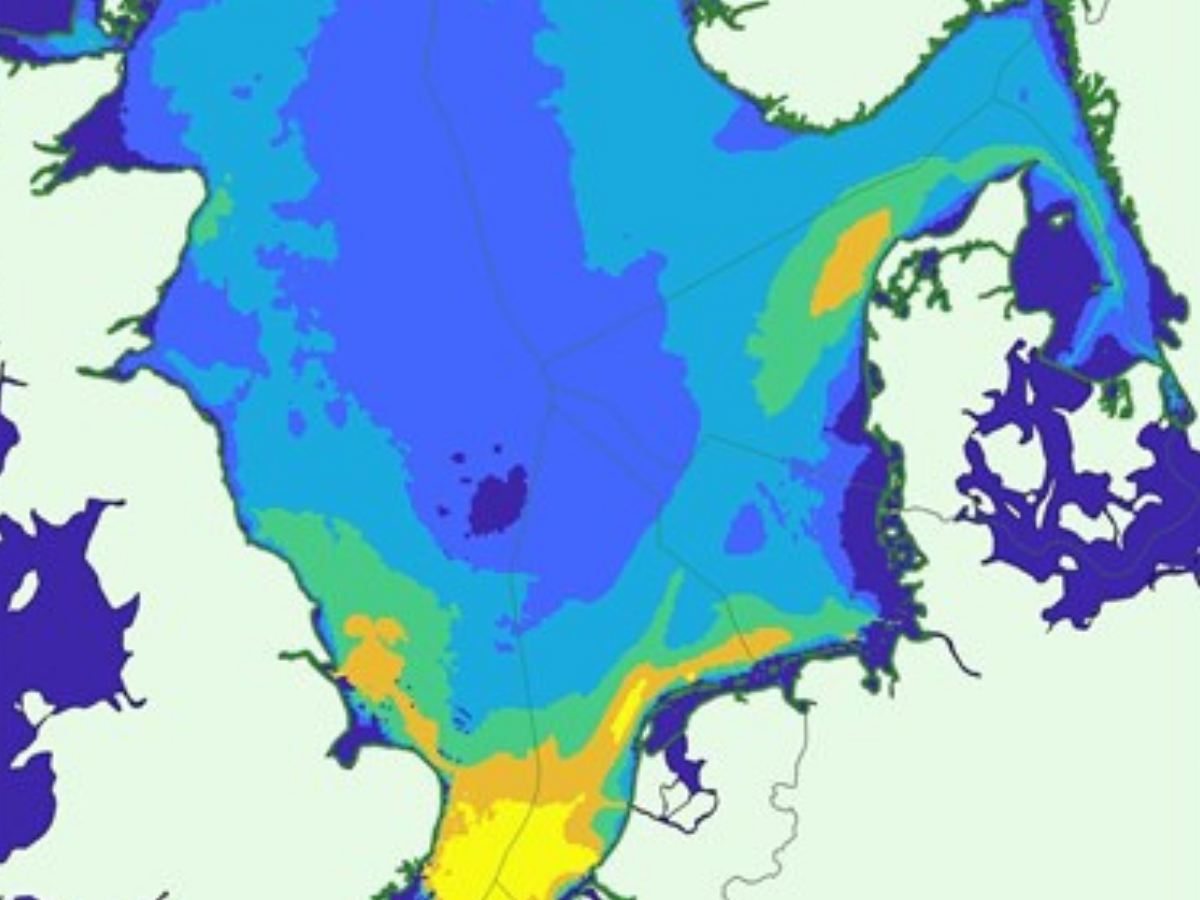
The maps show that human noise exceeds the natural noise by up to 30 decibel in some areas, mainly the English Channel and coastal zones. The team also discovered a silent zone in the central part of the North Sea. The hush is due to a combination of few ships in this area and shallow waters around the Dogger Bank, which shields it from ship noise from other parts of the North Sea. This type of data can be crucial in future wildlife conservation.
The maps are interesting for marine managers and policymakers, who can use them to identify areas where manmade noise could adversely affect the North Sea ecosystem. “Fishermen are interested too, due to the possible impacts on commercial fish such as cods and herrings,” says Niels Kinneging. Once the problems are known, something can be done about them, he adds. For example, it is possible to reduce noise from ships through special technology or by reducing their speed.
A helping hand from citizens
Jomopans is a science project carried out by experts. But as it happened, vigilant citizens lent a big hand to the project by rescuing data that the scientists thought they had lost for good.
In March 2020, Jomopans partner BSH were dismayed to find their sound measuring station had broken loose from its anchor 160 miles off the German coast. Six months of data lost at sea! But a month later, a young man – Elias Sörqvist – found it on a tiny Swedish island and alerted the team. Since the Germans were unable to travel to Sweden due to COVID-19 restrictions, Elias’ brother Johannes volunteered to bring the device all the way to Kiel in his own sailing yacht!

Together across boundaries
Jakob Tougaard is a marine mammal researcher at the Danish Aarhus University, partner in Jomopans. He highlights the bigger picture: “Jomopans provides knowledge that member states need to realise the aims set out in the EU Marine Strategy Directive.” The project is part of the International Quiet Oceans Experiment and feeds into the OSPAR (North Atlantic) and HELCOM (Baltic Sea) cooperation frameworks.
Moreover, Jomopans keeps a hot line to related EU-funded projects such as JONAS (Interreg Atlantic Area), SATURN (Horizon 2020), BIAS, (EU Life) and BLUES (HELCOM), and this leads to synergies. “For example, BLUES will transfer the Jomopans methodology to the Baltic Sea,” Tougaard explains.
In the Indian Ocean, COMBAVA has extended the close-knit feeling that is the hallmark of Globice. Julie explains: “The family spirit has spread through transnational cooperation as the partners found ways to work together virtually across the ocean. Globice has turned a corner with Interreg! Our organisation has become fully embedded in the regional landscape.” The partnership also established links with IndoCet, a network of actors for the research and conservation of cetaceans in the Indian Ocean.
No doubt, improved knowledge about animals and sounds in the Indian Ocean and the North Sea will lead to better management, thanks to the hard work of all the dedicated people involved. In this story you have met, among others, a young woman working for an NGO in Reunion Island; a senior acoustics expert in the Netherlands; and two Swedish brothers who went out of their way to help. Together with their teams, they have all contributed to making our oceans a better place for marine life.
Regardless of gender, age, or profession, Interreg empowers people to make a difference!
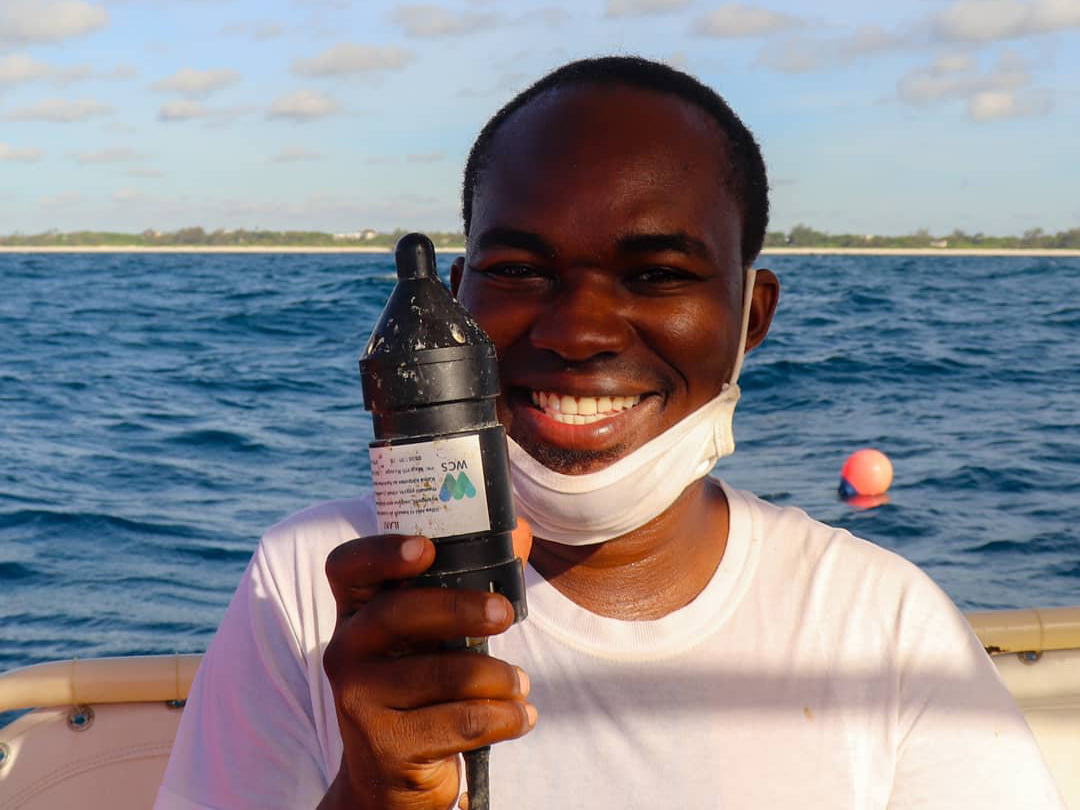
Learn more about the projects featured in this story
The authors
Kimane Baltyde works as a Communication Officer at the Interreg Indian Ocean Programme
Sofie Forfang works as a Communication Advisor a the Interreg North Sea Region Programme
This article is part of a series on how transnational cooperation contributes to the EU Green Deal. Click here to see all stories.
